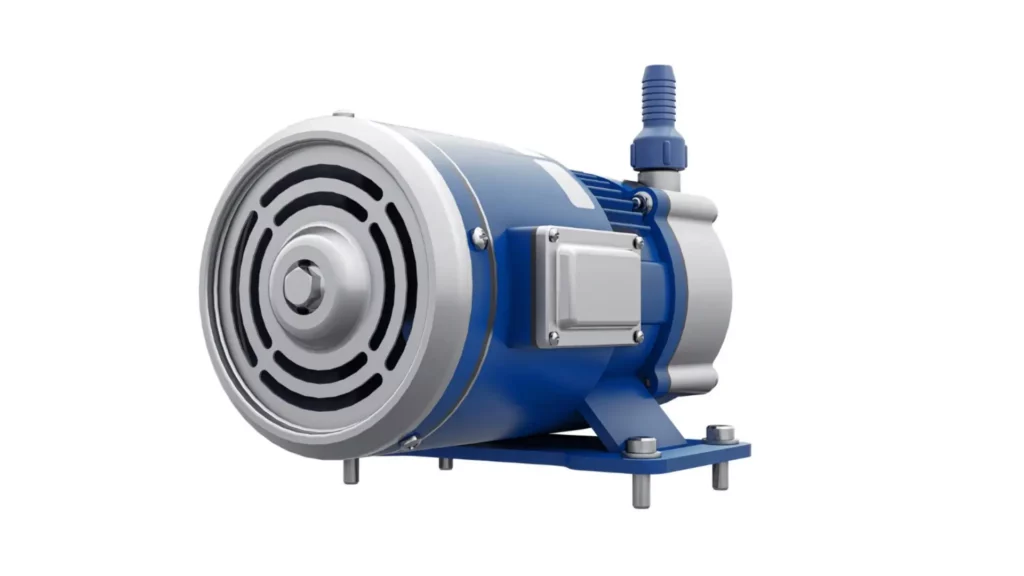Water pumps are essential components in various residential, commercial, and industrial applications. They facilitate numerous critical water movement tasks, but one question that frequently arises for users is How much electricity does a water pump use? This concern is significant, especially with rising energy costs and environmental awareness.
In this comprehensive guide, we will delve deeply into the factors that affect the electricity usage of water pumps, discuss ways to measure and reduce their energy consumption, and provide guidance on selecting energy-efficient pumps.
Understanding Water Pumps and Their Usage
Understanding the basic functionality and types of water pumps is essential before exploring how much electricity does a water pump uses.
Water pumps are mechanical devices designed to move water from one location to another. They are pivotal in areas such as agriculture, household supply, and flood management.
Check out our post on How Much Electricity Does a Well Pump Use
Types of Water Pumps
Different scenarios require different types of water pumps, each with unique mechanisms and power needs:
- Submersible Pumps: These are placed underwater and are typically used in wells and to remove floodwater.
- Centrifugal Pumps: Often used in plumbing systems of buildings, these pumps use a rotating impeller to move water.
- Booster Pumps: Designed to increase pressure in the water system, making them ideal for buildings with multiple floors.
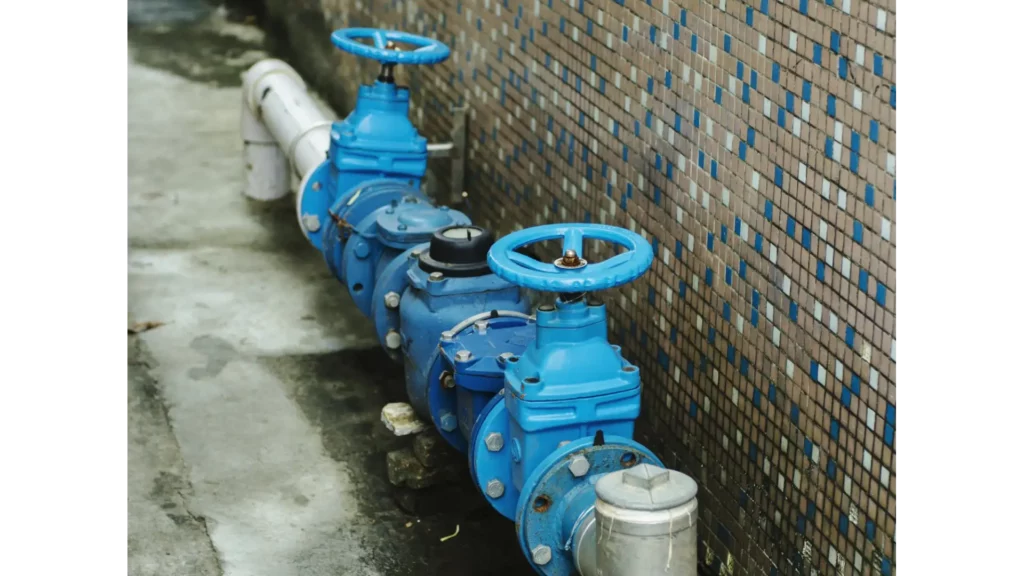
Benefits of High-Efficiency Pumps
High-efficiency water pumps offer several advantages:
- Reduced Energy Costs: By consuming less power, these pumps can significantly reduce electricity bills.
- Lower Environmental Impact: Efficient pumps contribute to less energy consumption, which in turn leads to lower greenhouse gas emissions associated with electricity production.
- Enhanced Performance: Energy-efficient pumps are often better designed and use advanced technology to deliver optimal performance.
- Longer Lifespan: Efficient pumps typically undergo less wear and tear from operation, which can extend their usable life.
- Improved System Reliability: High-efficiency pumps are built with better materials, enhancing the overall reliability of the water system, and reducing breakdowns and service disruptions.
- Lower Maintenance Costs: The improved design and materials also lead to lower maintenance requirements, saving on repair costs over the pump's life.
- Increased Property Value: High-efficiency water systems can be a significant selling point for residential properties, potentially increasing their market value.
- Quiet Operation: These pumps operate more quietly, reducing noise pollution, which is especially beneficial in residential and office environments.
- Eligibility for Rebates and Incentives: Many utility companies and government programs offer financial incentives for installing energy-efficient pumps, helping offset the initial costs.
- Adaptability to Variable Conditions: Advanced technology in high-efficiency pumps allows them to adjust to real-time demands, enhancing efficiency and reducing strain on the pump.
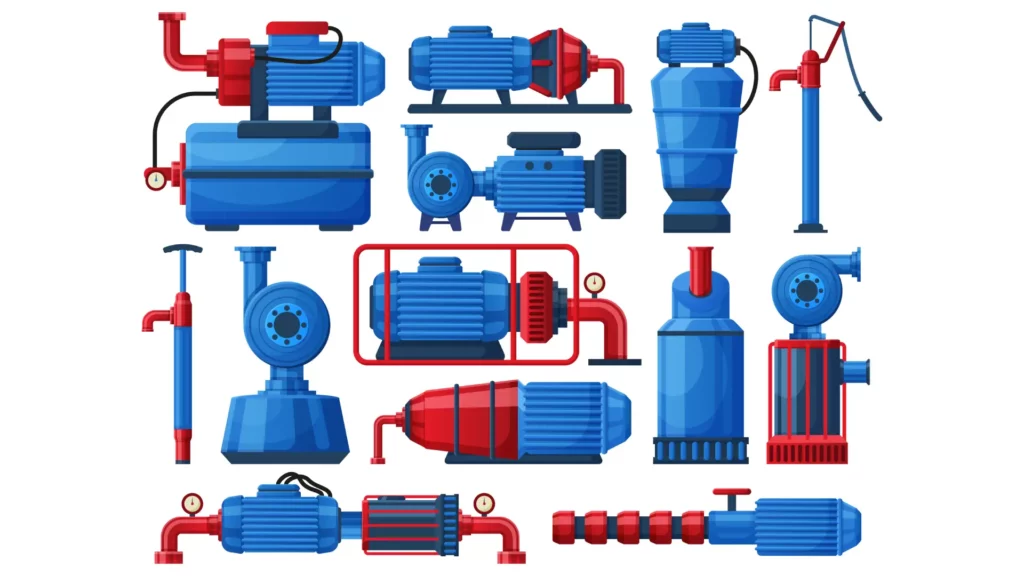
Key Factors Influencing Water Pump Electricity Usage
The electricity consumption of water pumps can vary widely based on several factors. Knowing these can help predict and manage the energy used by these devices.
- Pump Size and Power Rating
The physical size and horsepower (HP) rating of a pump are among the primary determinants of how much electricity does a water pump uses. Larger, more powerful pumps generally consume more electricity because they can move more water over larger distances or against greater pressure.
- Hours of Operation
The length of time a pump operates significantly affects its energy consumption. More hours of operation will inevitably lead to higher electricity usage. Understanding the operational schedule is crucial when calculating how much electricity does a water pump uses.
- Hydraulic Conditions
The conditions under which a pump operates, including the height (head) water needs to be moved and the required pressure, also heavily influence power usage. Pumps working against higher hydraulic resistance consume more power.
- Pump Efficiency
A pump's efficiency is how well it converts electrical energy into hydraulic energy. Older or poorly maintained pumps tend to be less efficient and thus use more electricity. Understanding the efficiency factor is critical when addressing how much electricity does a water pump uses.
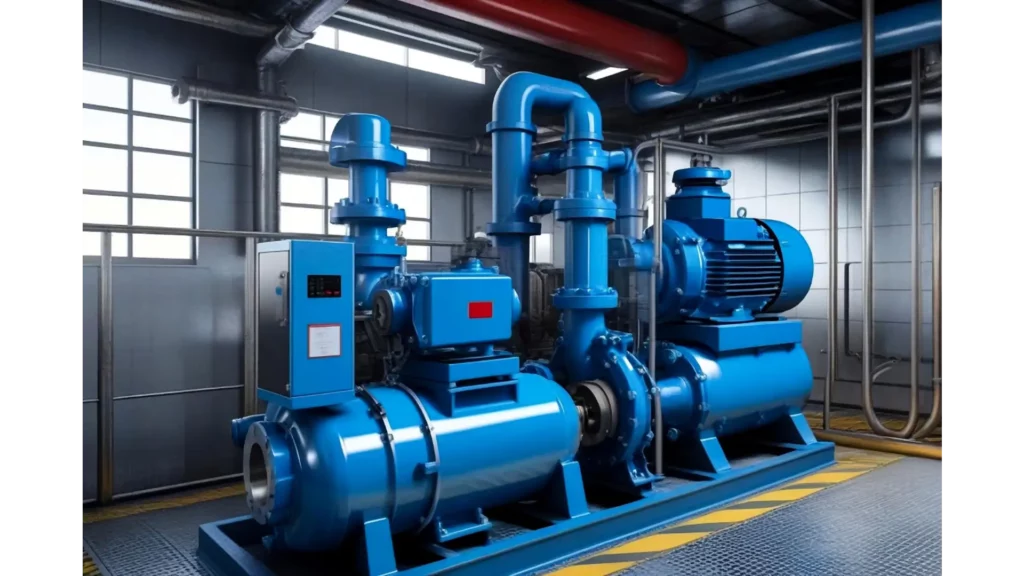
Reducing Electricity Usage of Water Pumps
Reducing the electricity consumption of water pumps not only saves money but also contributes to environmental sustainability.
To effectively manage and decrease how much electricity does a water pump use, several strategies can be employed. Below, we delve into more approaches that encompass regular maintenance, technological upgrades, and the optimization of pump selection and operation.
In-depth Regular Maintenance
The importance of regular maintenance in enhancing the efficiency of water pumps cannot be overstressed.
An efficient pump uses less electricity, directly impacting “how much electricity does a water pump use.” The maintenance regimen should include:
- Routine Inspections: Regular checks can identify potential issues before they become major problems. This includes looking for leaks, checking for noise that may indicate bearing issues, and ensuring the pump and its components are clean and free from debris.
- Lubrication: Proper lubrication reduces friction in moving parts, which can significantly decrease energy consumption. Using the correct type and amount of lubricant is crucial.
- Replacement of Worn Parts: Components like seals, bearings, and impellers can wear out over time. Replacing these parts promptly prevents efficiency loss and excessive power use.
- Performance Testing: Regular testing can help track a pump’s performance over time. Declines in efficiency can indicate that maintenance or repairs are needed.
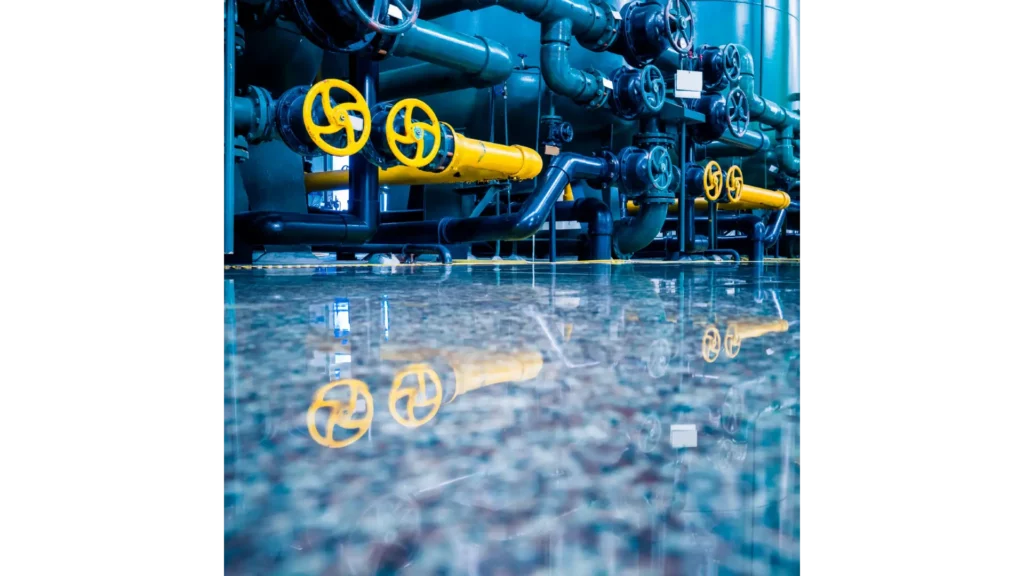
Installation of Variable Frequency Drives (VFD)
The adoption of Variable Frequency Drives (VFDs) is a game-changer in managing how much electricity does a water pump use.
VFDs adjust the speed of the pump's motor based on real-time demand, which means the pump uses only the energy necessary for the task at hand.
This can lead to substantial energy savings, especially in systems with varying flow rates. Benefits include:
- Reduced Energy Consumption: By matching motor speed to demand, VFDs can significantly lower energy usage.
- Extended Equipment Lifespan: VFDs reduce the mechanical stress on pump components, potentially extending the equipment's operational life.
- Improved Process Control: With VFDs, the flow and pressure of the pumping system can be more accurately controlled, improving the overall process efficiency.
Right-Sizing Pumps
Selecting the right-sized pump for a specific application is crucial for energy efficiency. An oversized pump not only costs more to purchase and install but also operates inefficiently, leading to inflated how much electricity does a water pump uses figures.
Conversely, an undersized pump may fail to meet the system's needs, leading to continuous operation and excessive energy use. Considerations for right-sizing include:
- Accurate System Demand Assessment: Evaluate the system's water volume and pressure requirements to choose a pump that fits these needs without excessive margin.
- Consultation with Experts: Working with engineers or consultants can help in selecting the most efficient pump size for your application, considering all operational variables.
- Flexibility for Future Needs: While it's important not to oversize pumps, consider potential future increases in demand that could necessitate a larger pump to avoid the need for premature replacement.
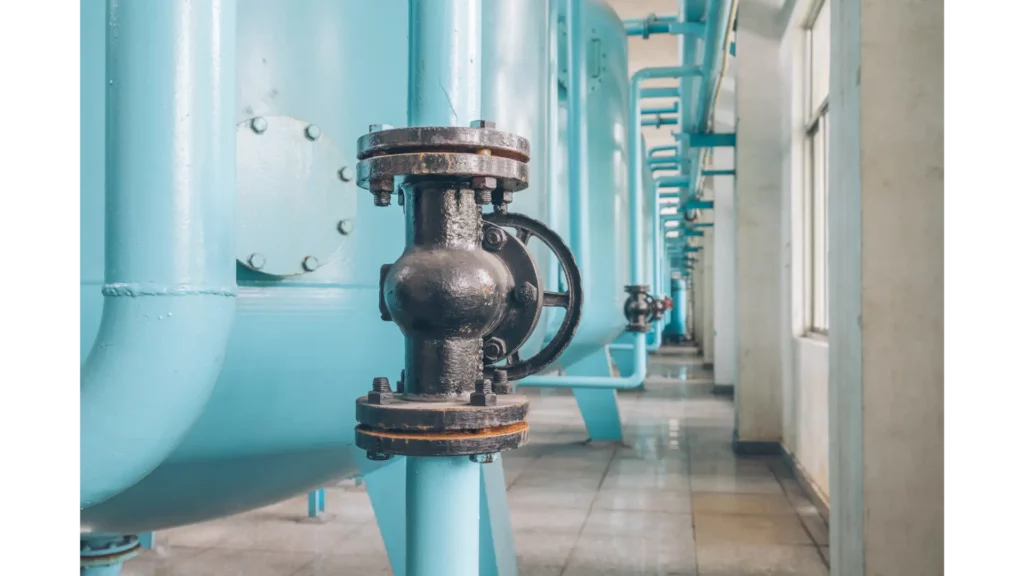
Tips for Selecting an Energy-Efficient Pump
- Check for Certifications: Always look for ENERGY STAR labels or other reputable certifications that indicate high energy efficiency.
- Match Pump Size to Needs: Avoid oversizing; choose a pump that matches the specific flow and pressure requirements of your application.
- Consult with Experts: Speak with professionals who can provide insights based on experience and knowledge of different models and makes.
- Review Technical Specifications: Look at the power consumption details in the product specifications and compare them across different models.
- Consider Total Cost of Ownership: While energy-efficient pumps might come with a higher upfront cost, their operational cost savings over time often justify the initial investment.
Frequently Asked Questions About Water Pump Electricity Usage
What is the average electricity consumption of a residential water pump?
The average electricity consumption of a residential water pump largely depends on the size of the pump and its usage pattern. Typically, a small to medium-sized pump (0.5 to 2 HP) used for household purposes like lawn irrigation or domestic water supply may consume between 0.5 kWh to 1.5 kWh per hour of operation.
How can I tell if my water pump is energy efficient?
To determine if your water pump is energy efficient, check for an ENERGY STAR rating or similar certifications that indicate high efficiency. Additionally, comparing the power rating (in kW or HP) and the actual flow rate (in gallons per minute) with industry standards can help you assess its efficiency. A lower power usage for a higher flow rate generally indicates better efficiency.
Does the type of water pump affect its energy consumption?
Yes, the type of water pump significantly affects its energy consumption. Submersible pumps, for instance, are typically more energy-efficient than jet pumps as they need to overcome less gravitational force by pumping water vertically. Centrifugal pumps, used in many commercial applications, may vary in efficiency based on their design and operational settings.
How do I calculate the cost of running my water pump?
To calculate the cost of running your water pump, you can use the following formula: Cost=Power in kW×Hours of Operation×Cost per kWhCost=Power in kW×Hours of Operation×Cost per kWh For example, if your pump has a power rating of 1 kW, operates for 4 hours a day, and your electricity cost is $0.12 per kWh, then the daily cost would be: 1 kW×4 hours×$0.12/kWh=$0.48 per day1 kW×4 hours×$0.12/kWh=$0.48 per day
What maintenance checks can extend the life of my water pump?
Regular maintenance checks that can help extend the life of your water pump include:
- Inspecting and cleaning the pump and surrounding area to prevent clogging and overheating.
- Checking and replacing worn-out seals and bearings to prevent leaks and friction.
- Ensuring that the pump is properly lubricated.
- Verifying that the electrical connections are secure and that the motor is not exhibiting signs of wear.
Can the installation location of my water pump affect its electricity usage?
Yes, the installation location can impact the electricity usage of your water pump. Pumps installed in areas where they must work against higher gravitational forces (like pumping water uphill) or where there are longer pipe runs with significant friction losses will generally use more electricity. Additionally, environmental factors such as temperature and humidity can also affect pump efficiency.
Are there any government incentives for using energy-efficient water pumps?
In many regions, government incentives such as rebates, tax deductions, or grants are available for installing energy-efficient appliances, including water pumps. It's advisable to check with local energy authorities or governmental environmental agencies to understand what incentives might be available in your area.
Final Reflections
As we wrap up our exploration of water pump electricity usage, it's clear that these devices are more than just mechanical components—they're gateways to personal responsibility and environmental stewardship.
By delving into the intricacies of pump efficiency, maintenance practices, and technological advancements like Variable Frequency Drives, we've unearthed a wealth of strategies for reducing energy consumption and minimizing our carbon footprint.
Beyond the technical realm, our choices regarding water pumps reflect our personal commitment to sustainability and our desire to leave a positive legacy for future generations.
Each decision, whether it's selecting an energy-efficient model or adhering to a rigorous maintenance schedule, is a step towards a more environmentally conscious lifestyle. By embracing these principles, we not only enhance our own lives but also contribute to a brighter, more sustainable future for all.

